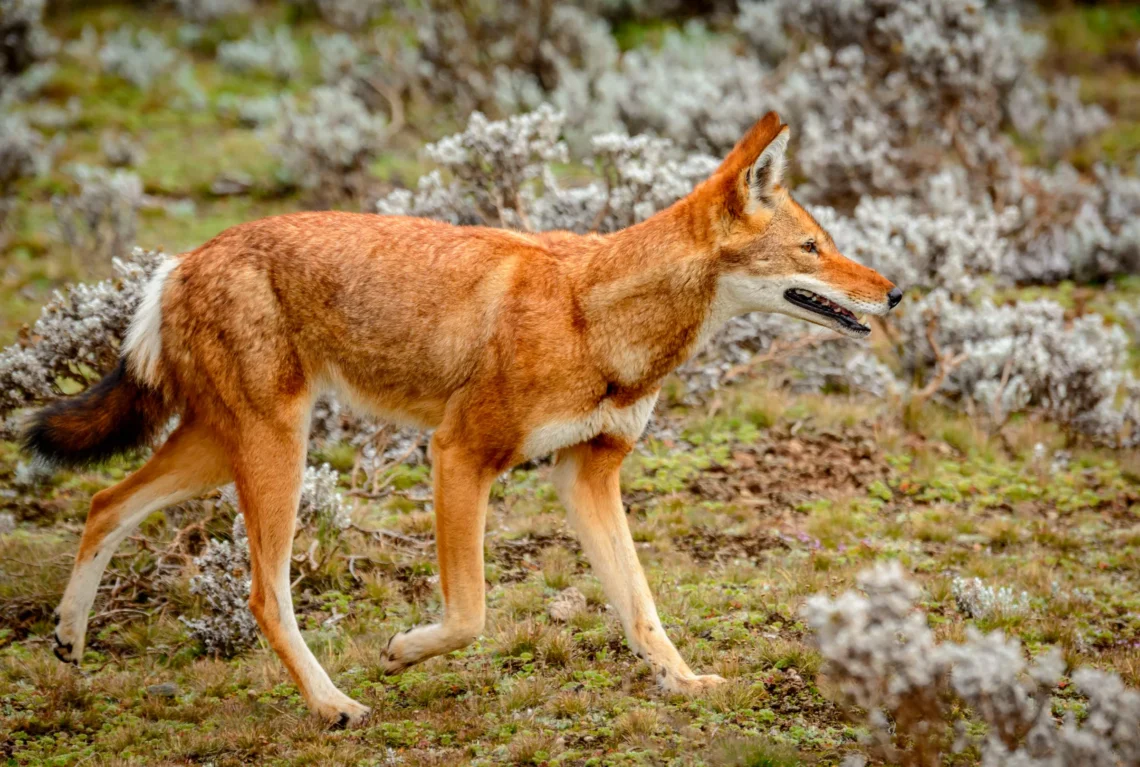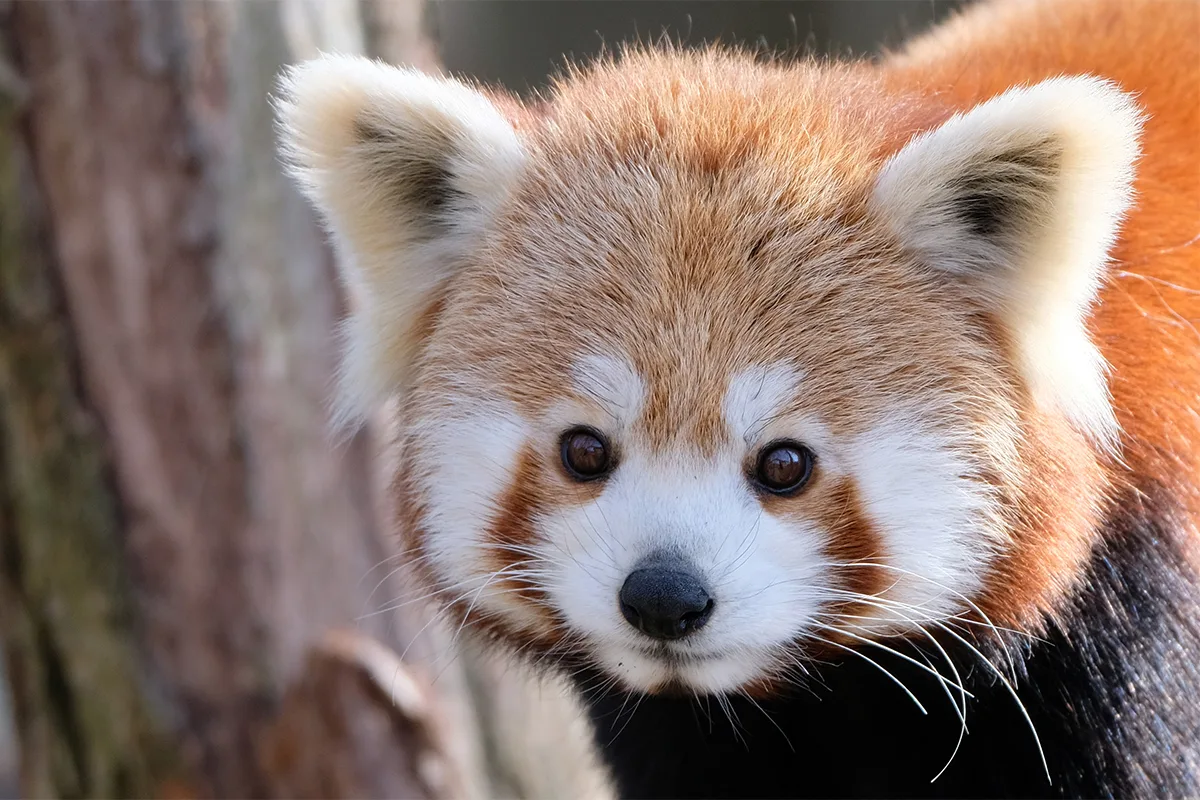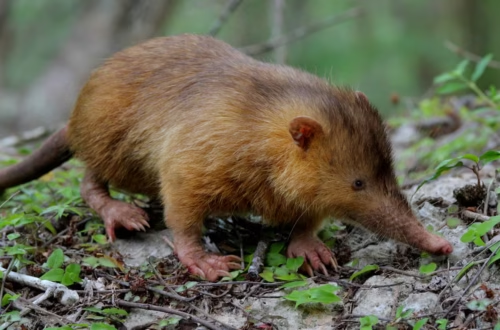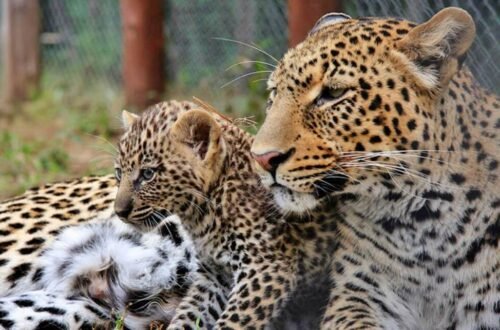The natural world is a tapestry of life, woven with vibrant threads of biodiversity. Yet, some of these threads are fraying, and the species they represent are on the brink of disappearing forever. From the elusive Amur leopard prowling the snowy forests of Russia to the tiny vaquita porpoise swimming in the Gulf of California, the world’s most endangered species are a stark reminder of our planet’s fragility. In this article, we’ll explore the stories of these remarkable creatures, the threats they face, and the urgent actions needed to save them. Join me as we dive into their world, uncovering the beauty, the challenges, and the hope for their survival.
Why Are Species Endangered?
Species become endangered when their populations dwindle to critically low levels, often due to human activities or environmental changes. The International Union for Conservation of Nature (IUCN) Red List categorizes these species as Vulnerable, Endangered, or Critically Endangered, with the latter facing an extremely high risk of extinction. Habitat loss, poaching, climate change, and invasive species are the primary culprits pushing these animals toward the edge.
The Human Factor
Human expansion—through deforestation, urbanization, and agriculture—has slashed habitats, leaving species like the Sumatran orangutan with shrinking forests to call home. Poaching, driven by demand for animal parts like rhino horns, further decimates populations. My visit to a wildlife sanctuary in Southeast Asia showed me firsthand how logging scars once-thriving ecosystems, leaving animals struggling to survive.
Climate Change’s Silent Toll
Rising temperatures and shifting ecosystems disrupt food chains and breeding patterns. For instance, warmer sand temperatures affect sea turtle hatchlings’ sex ratios, threatening population balance. I remember standing on a beach in Costa Rica, watching volunteers protect turtle nests, their faces etched with worry about rising sea levels.
The Most Endangered Species in 2025
The IUCN Red List, updated in 2024, lists nearly 47,000 species as threatened, with around 4,000 classified as Critically Endangered. Below, we’ll meet some of the world’s most endangered animals, their plights, and the efforts to save them.
The Vaquita: The Rarest Marine Mammal
The vaquita, a small porpoise found only in Mexico’s Gulf of California, holds the tragic title of the world’s most endangered marine mammal, with an estimated 10 individuals left. Illegal fishing for totoaba, whose swim bladders fetch high prices, entangles vaquitas in gillnets, leading to their decline.
Threats and Conservation Efforts
Gillnets, habitat degradation, and low genetic diversity threaten the vaquita’s survival. Conservationists have pushed for gillnet bans, but enforcement remains challenging. Efforts like those by Sea Shepherd, using drones to monitor illegal fishing, offer a glimmer of hope.
The Javan Rhino: A Lone Survivor
With only about 18 individuals remaining in Indonesia’s Ujung Kulon National Park, the Javan rhino is teetering on the edge of extinction. Once widespread across Southeast Asia, it’s now confined to a single park due to poaching and habitat loss.
Conservation Challenges
Poaching for their horns, valued in traditional medicine, and habitat encroachment are the Javan rhino’s biggest threats. Conservation programs focus on park protection and anti-poaching patrols, but the species’ small population makes recovery precarious.
The Amur Leopard: A Ghost of the Forest
The Amur leopard, with roughly 100 individuals in Russia and China, is one of the rarest big cats. Its thick fur and elusive nature make it a marvel, but habitat loss from fires and poaching for its coat have pushed it to the brink.
Successes and Struggles
The creation of Russia’s Land of the Leopard National Park has helped stabilize the population, but inbreeding remains a concern. I recall a ranger’s story about tracking a leopard’s paw prints, a rare sighting that sparked hope for their recovery.
The Tapanuli Orangutan: The Rarest Great Ape
Discovered in 2017, the Tapanuli orangutan, with fewer than 800 individuals in Sumatra, is the most endangered great ape. Mining and hydroelectric projects threaten its montane forest habitat.
Protecting a New Discovery
Conservationists are fighting to halt deforestation and protect their habitat, but development pressures persist. Community-based programs aim to involve locals in preserving these intelligent primates.
The Saola: Asia’s Unicorn
The saola, a bovine-like creature discovered in 1992 in Vietnam’s Annamite Mountains, is so rare it’s dubbed the “Asian unicorn.” With population estimates in the low hundreds, it faces threats from hunting and habitat loss.
Elusive and Endangered
Snare traps set for other animals often catch saolas, and their elusive nature makes monitoring difficult. Conservation groups are working to remove snares and protect their forest home.
Comparing the Threats
| Species | Primary Threats | Population Estimate | Conservation Efforts |
|---|---|---|---|
| Vaquita | Illegal fishing, gillnets | ~10 | Gillnet bans, monitoring |
| Javan Rhino | Poaching, habitat loss | ~18 | Park protection, anti-poaching patrols |
| Amur Leopard | Habitat loss, poaching, inbreeding | ~100 | National park, breeding programs |
| Tapanuli Orangutan | Mining, deforestation | <800 | Habitat protection, community programs |
| Saola | Hunting, habitat loss | Low hundreds | Snare removal, forest conservation |
Pros and Cons of Current Conservation Strategies
Pros:
- Protected Areas: National parks like Ujung Kulon provide safe havens.
- Anti-Poaching Efforts: Patrols reduce illegal hunting.
- Community Involvement: Local engagement fosters sustainable conservation.
Cons:
- Limited Funding: Conservation programs often lack sufficient resources.
- Enforcement Gaps: Illegal activities persist due to weak enforcement.
- Climate Change: Broad environmental changes outpace localized efforts.
Stories of Hope: Conservation Successes
While the situation is dire, there are glimmers of hope. The black rhino, once down to 2,400 individuals, now numbers around 5,630 thanks to robust conservation efforts. The Iberian lynx, nearly extinct in the early 2000s, has rebounded to over 2,000 due to habitat restoration and captive breeding. These stories remind us that action can make a difference.
The Black Rhino’s Comeback
In the 1990s, black rhinos faced near extinction due to poaching. Intensive anti-poaching measures and habitat protection in countries like Namibia and South Africa have doubled their numbers. Visiting a rhino sanctuary in Kenya, I saw the dedication of rangers who risk their lives to protect these giants.
The Iberian Lynx’s Turnaround
Once the world’s most endangered cat, the Iberian lynx’s recovery is a testament to science-driven conservation. Captive breeding and prey restoration have revitalized their populations in Spain and Portugal, offering a model for other species.
People Also Ask (PAA)
What is the most endangered animal in 2025?
The vaquita, with only about 10 individuals left, is considered the most endangered animal, followed closely by the Javan rhino with around 18.
How many species are endangered globally?
According to the IUCN Red List, over 47,000 species are threatened, with nearly 4,000 classified as Critically Endangered.
What causes species to become endangered?
Habitat loss, poaching, climate change, and invasive species are the primary drivers, often linked to human activities.
How can I help endangered species?
You can support conservation by donating to organizations like WWF, volunteering, or advocating for sustainable practices.
How You Can Help: Practical Steps
Saving endangered species isn’t just for scientists—it’s a collective effort. Here’s how you can contribute:
- Donate: Support organizations like the World Wildlife Fund (WWF) or IUCN. Even small contributions fund critical projects.
- Volunteer: Join local conservation efforts, like beach cleanups or wildlife monitoring. Check sites like VolunteerMatch for opportunities.
- Advocate: Spread awareness on social media or support policies that protect habitats. Petitions on Change.org can amplify your voice.
- Sustainable Choices: Reduce your carbon footprint by choosing eco-friendly products and reducing waste.
Best Tools for Supporting Conservation
- WWF Adopt an Animal Program: Symbolically adopt a species to fund conservation efforts.
- IUCN Red List Website: Access data to stay informed and share accurate information.
- Eco-Friendly Apps: Apps like Ecosia plant trees with your searches, indirectly aiding habitats.
FAQ Section
Q: Why are so many species endangered in 2025?
A: Human activities like deforestation, poaching, and climate change are accelerating habitat loss and population declines, pushing species toward extinction.
Q: Which countries have the most endangered species?
A: Mexico, Indonesia, and Brazil top the list due to their rich biodiversity and high rates of habitat destruction.
Q: Can endangered species recover?
A: Yes, with concerted efforts. The black rhino and Iberian lynx are examples of species rebounding through conservation.
Q: How does climate change affect endangered species?
A: It alters habitats, disrupts food chains, and affects breeding, as seen with sea turtles and polar bears.
Q: Where can I learn more about endangered species?
A: Visit the IUCN Red List (www.iucnredlist.org) or WWF (www.worldwildlife.org) for comprehensive data and action plans.
The Bigger Picture: Why It Matters
Every endangered species plays a role in its ecosystem. The loss of the vaquita could disrupt marine food chains, while the disappearance of orangutans affects forest regeneration. These creatures aren’t just statistics—they’re part of the intricate web of life that sustains us all. I once met a conservationist in Indonesia who described orangutans as “gardeners of the forest,” planting seeds through their diet. Losing them would ripple through ecosystems, affecting countless other species.
A Call to Action
The fight to save endangered species is a race against time, but it’s not too late. By supporting conservation, making sustainable choices, and spreading awareness, we can help these animals survive. Imagine a world where your grandchildren can see a vaquita or hear a saola’s call—not just in books, but in the wild. Let’s make that future possible.




